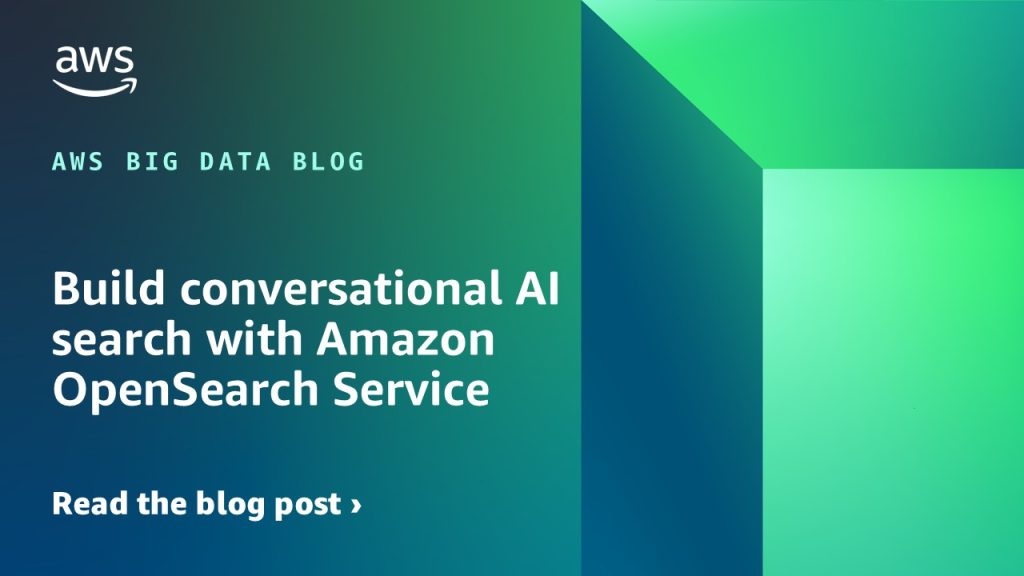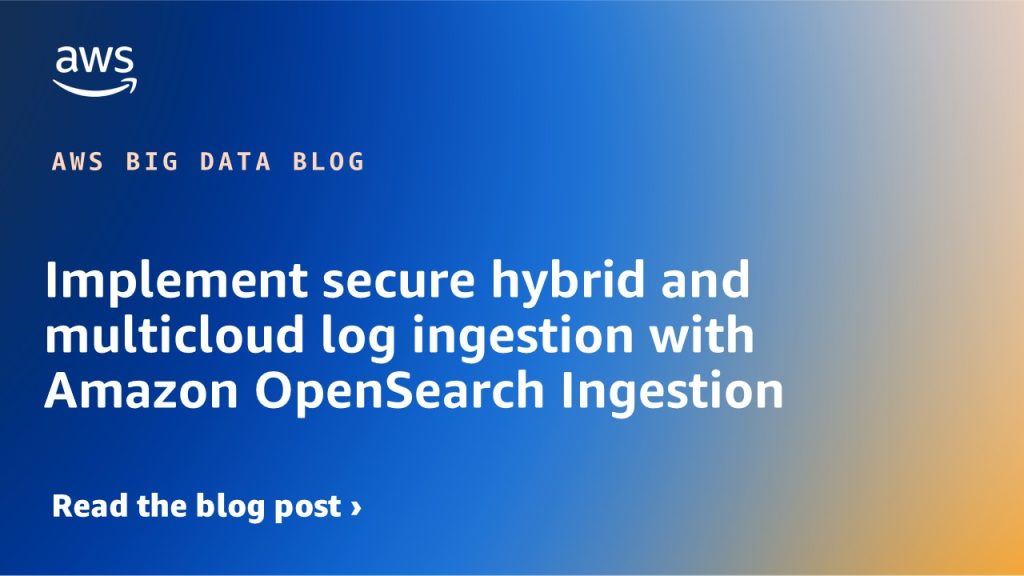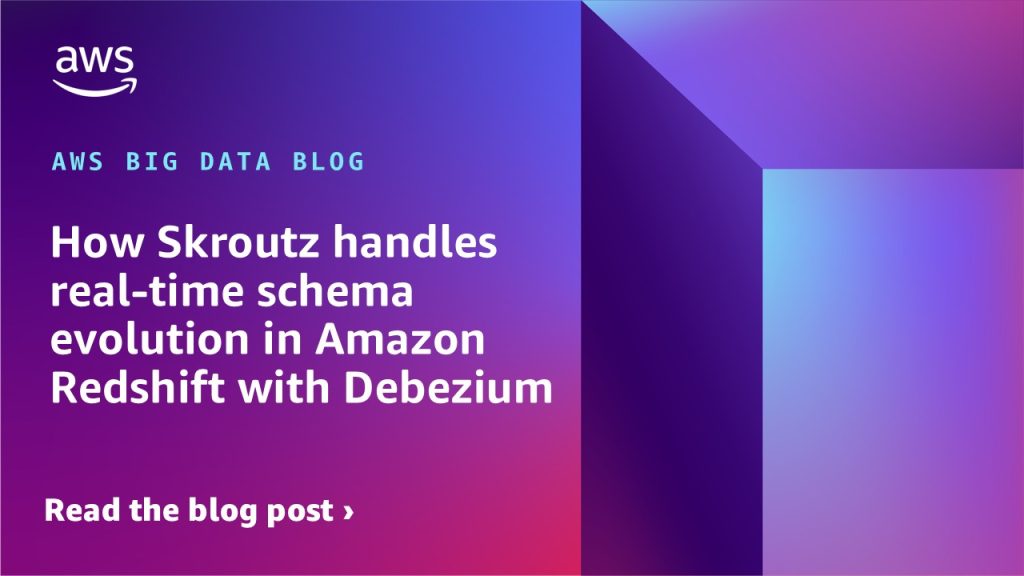AWS Big Data Blog
Category: Learning Levels
Build conversational AI search with Amazon OpenSearch Service
Amazon OpenSearch Service is a versatile search and analytics tool. In this post, we explore conversational search, its architecture, and various ways to implement it.
Enhance data ingestion performance in Amazon Redshift with concurrent inserts
Amazon Redshift employs columnar storage for database tables, reducing overall disk I/O requirements. This storage method significantly improves analytic query performance by minimizing data read during queries. This post showcases the key improvements in Amazon Redshift concurrent data ingestion operations.
Amazon OpenSearch Service 101: Create your first search application with OpenSearch
In this post, we walk you through a search application building process using Amazon OpenSearch Service. Whether you’re a developer new to search or looking to understand OpenSearch fundamentals, this hands-on post shows you how to build a search application from scratch—starting with the initial setup; diving into core components such as indexing, querying, result presentation; and culminating in the execution of your first search query.
Implement secure hybrid and multicloud log ingestion with Amazon OpenSearch Ingestion
In this post, we demonstrate how to configure Fluent Bit, a fast and flexible log processor and router supported by various operating systems, to securely send logs from any environment to OpenSearch Ingestion using IAM Roles Anywhere.
How Skroutz handles real-time schema evolution in Amazon Redshift with Debezium
Skroutz chose Amazon Redshift to promote data democratization, empowering teams across the organization with seamless access to data, enabling faster insights and more informed decision-making. In this post, we share how we handled real-time schema evolution in Amazon Redshift with Debezium.
Secure access to a cross-account Amazon MSK cluster from Amazon MSK Connect using IAM authentication
In this post, we demonstrate a use case where you might need to use an MSK cluster in one AWS account, but MSK Connect is located in a separate account. We demonstrate how to implement IAM authentication after establishing network connectivity. IAM provides enhanced security measures, making sure your systems are protected against unauthorized access.
Build a multi-Region analytics solution with Amazon Redshift, Amazon S3, and Amazon QuickSight
This post explores how to effectively architect a solution that addresses this specific challenge: enabling comprehensive analytics capabilities for global teams while making sure that your data remains in the AWS Regions required by your compliance framework. We use a variety of AWS services, including Amazon Redshift, Amazon Simple Storage Service (Amazon S3), and Amazon QuickSight.
Reduce time to access your transactional data for analytical processing using the power of Amazon SageMaker Lakehouse and zero-ETL
In this post, we demonstrate how you can bring transactional data from AWS OLTP data stores like Amazon Relational Database Service (Amazon RDS) and Amazon Aurora flowing into Redshift using zero-ETL integrations to SageMaker Lakehouse Federated Catalog (Bring your own Amazon Redshift into SageMaker Lakehouse). With this integration, you can now seamlessly onboard the changed data from OLTP systems to a unified lakehouse and expose the same to analytical applications for consumptions using Apache Iceberg APIs from new SageMaker Unified Studio.
How Nexthink built real-time alerts with Amazon Managed Service for Apache Flink
In this post, we describe Nexthink’s journey as they implemented a new real-time alerting system using Amazon Managed Service for Apache Flink. We explore the architecture, the rationale behind key technology choices, and the Amazon Web Services (AWS) services that enabled a scalable and efficient solution.
Using AWS Glue Data Catalog views with Apache Spark in EMR Serverless and Glue 5.0
In this post, we guide you through the process of creating a Data Catalog view using EMR Serverless, adding the SQL dialect to the view for Athena, sharing it with another account using LF-Tags, and then querying the view in the recipient account using a separate EMR Serverless workspace and AWS Glue 5.0 Spark job and Athena. This demonstration showcases the versatility and cross-account capabilities of Data Catalog views and access through various AWS analytics services.









